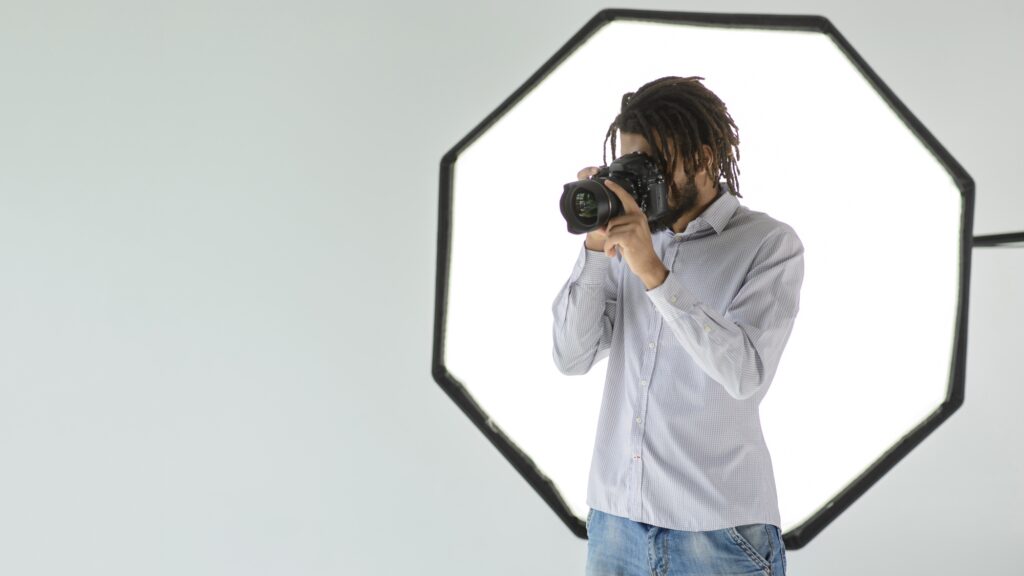Book Appointment Now
Your Guide to Photography Classes in Universities and Institutes
Dreaming of studying photography at a college level? This page is your complete guide to choosing the right school, enrolling in photography classes, and preparing for the application process — including entrance exams and writing a compelling photography-related essay.

What Are University-Level Photography Classes?
University and college-level photography classes go beyond camera basics. These programs offer structured learning that combines artistic development, technical training, and critical thinking. Whether you want to become a commercial photographer, a fine art creator, or a photojournalist, academic photography courses provide a strong foundation.
Programs often include:
- Digital and film photography
- Studio lighting and equipment usage
- Post-processing and editing
- History of photography
- Visual storytelling
- Portfolio development
Many institutions also offer internships, exhibitions, and access to professional equipment.
How to Choose a University for Photography Classes
Accreditation and Reputation
Choose institutions known for their visual arts or design programs. Examples include:
- School of Visual Arts (New York)
- Rhode Island School of Design (RISD)
- California Institute of the Arts (CalArts)
- Savannah College of Art and Design (SCAD)
Columbia College Chicago
Career Support
Check if the university offers career guidance, networking events, or job placement after graduation.
Specialization
Some programs focus more on fine arts, while others emphasize commercial or digital photography. Review course descriptions to match your goals.
Facilities and Equipment
Look for schools that provide modern studios, editing labs, and access to professional cameras and lighting gear.
How to Apply for a Photography Program
Each school has its own admissions process, but most follow these common steps:
1. Academic Application
You’ll need to submit transcripts, standardized test scores (like SAT/ACT if required), and proof of language proficiency if you’re an international student (e.g., TOEFL or IELTS).
2. Portfolio Submission
Most photography classes at the university level require a creative portfolio. Tips:
- Include 10–20 original images
- Show a variety of subjects and techniques
- Add short descriptions or project titles
- Focus on storytelling and composition
3. Personal Essay on Photography
In your essay, describe your interest in photography, influences, goals, and why you’ve chosen this specific program. Some universities may ask questions like:
- What does photography mean to you?
- How has photography shaped your perspective?
- What project are you most proud of and why?
This essay helps the admissions team understand your passion, creativity, and motivation.
4. Interview (if required)
Some programs invite candidates to a live or virtual interview to discuss their work, background, and future goals.
Entrance Exams and Additional Requirements
While art programs typically focus on portfolios, some universities may require:
- Basic drawing or visual arts exams
- A general knowledge test or placement test
- English proficiency exams for non-native speakers
Make sure to check each university’s admissions page for specifics.
Final Thoughts
Enrolling in academic photography classes is an excellent step toward a career in the visual arts. With proper planning, a strong portfolio, and a well-written essay, you can successfully enter a top-tier photography program and gain access to valuable skills, connections, and job opportunities.
Whether you’re looking for a hands-on fine art experience or want to master digital photography in a high-tech studio, universities across the U.S. offer programs that match every ambition.